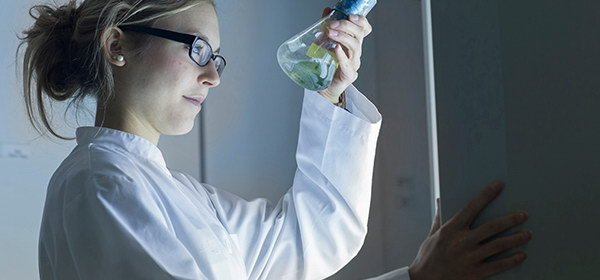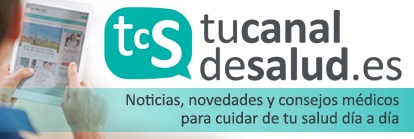60% of newborns develop jaundice
This is called physiological jaundice and it is most noticeable when the baby is between 2 and 4 days old. It does not tend to cause any problems and disappears after 2 weeks.
Many parents become worried when their baby’s skin turns yellowish. This is a normal occurrence and it is called jaundice. The typical yellowing of the skin is due to a high level of bilirubin in the body. Bilirubin is the substance made by our bodies when old red blood cells are replaced. As Dr Adelaida Sánchez, the Head of the Paediatrics Unit of the Quirónsalud Marbella Hospital , explains "this is called physiological jaundice and it is most noticeable when the baby is between 2 and 4 days old. It does not tend to cause any problems and disappears after 2 weeks".
, explains "this is called physiological jaundice and it is most noticeable when the baby is between 2 and 4 days old. It does not tend to cause any problems and disappears after 2 weeks".
The reason behind this natural process is the adaptation of the newborn to its life outside the mother’s womb. In the Dr’s words, "while the baby is growing inside the mother’s womb the placenta is in charge of feeding the baby and eliminating bilirubin from its body. After birth, the baby’s liver is in charge of this function and needs some time to become efficient at it".
Hospitals have the assessment of jaundice signs set out in their medical protocols for newborns. In the event of identifying these symptoms, the levels of bilirubin are immediately monitored through a blood test. Doctor Adelaida Sánchez assures that in the majority of the cases, "no treatment is necessary".
In order to stabilise the levels of bilirubin in the blood, taking fluids with breast milk or formula milk is encouraged in order to increase the number of stools and to eliminate bilirubin through the faeces. The Head of the Paediatrics Unit of the Quirónsalud Marbella Hospital points out that "sometimes, it is necessary to reinforce the treatment with phototherapy by placing the baby under special lamps and, only in very infrequent cases, there is a need to provide intravenous fluids".
Hospital points out that "sometimes, it is necessary to reinforce the treatment with phototherapy by placing the baby under special lamps and, only in very infrequent cases, there is a need to provide intravenous fluids".
Severe jaundice in newborns can happen if the baby meets one of the risk factors requiring more careful monitorisation:
- Prematureness, difficulty to feed, higher probability if the brother or sister had it, blood type, certain drugs the baby might have been given, congenital infections (rubella, syphilis and others), diseases affecting the liver or the biliary ducts such as cystic fibrosis or hepatitis, low oxygen levels (hypoxia), infections (sepsis)
Neonatal Unit
The Maternal and Child Health Area of the Quirónsalud Marbella Hospital has a Neonatal Unit provided with three last-generation neonatal intermediary care stations. In this area, parents can visit their babies without time limitations and the assurance of a highest-safety medical environment.
Hospital has a Neonatal Unit provided with three last-generation neonatal intermediary care stations. In this area, parents can visit their babies without time limitations and the assurance of a highest-safety medical environment.
Decorated in a colourful wall paper based on the Kenko characters, the large windows in this room ensure that natural light fills in the area for nearly twelve hours a day.






















